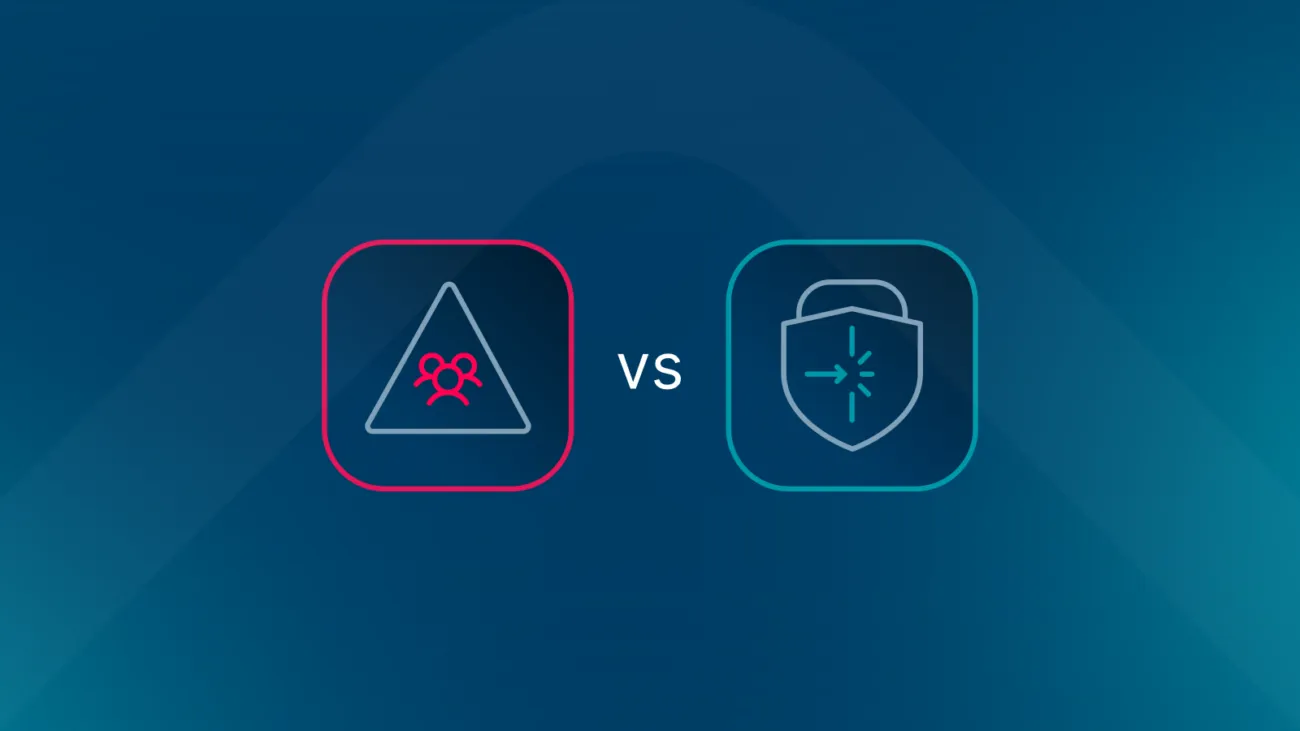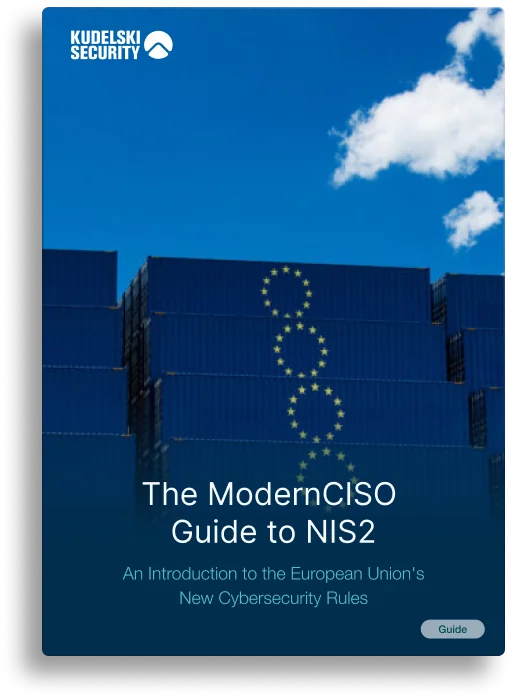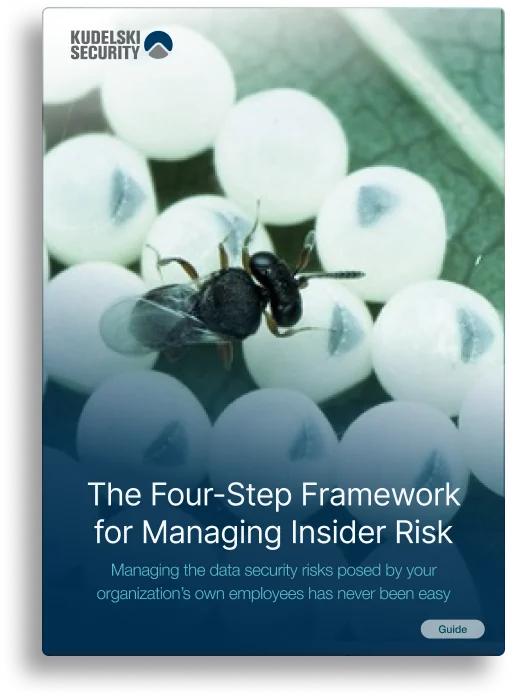The Hidden Drivers of Security Behaviour: Psychology, Neuroscience, and the Risk Mindset
Why do intelligent, well-intentioned employees – even cybersecurity professionals themselves – continue to click phishing links, reuse passwords, or ignore warnings they know they should heed?
The persistence of these behaviours, despite years of training and technological control, is not a failure of awareness. It is a manifestation of how the human brain perceives, processes, and acts under risk.
Recent interdisciplinary research, spanning cognitive psychology, neuroscience, and behavioural economics, has illuminated the hidden mechanisms behind everyday security decisions. Understanding these drivers is not merely academic – it is the key to designing interventions that work with, rather than against, human nature.
The Limits of Rationality in Security Decisions
Traditional security awareness campaigns assume that users make deliberate, rational choices: if they “know better,” they will “do better.” Yet studies across domains show this assumption to be false. Human decision-making under uncertainty is shaped by bounded rationality – limited attention, imperfect memory, emotional context, and cognitive shortcuts that evolved for efficiency, not accuracy.
Prospect Theory (Kahneman & Tversky, 1979) demonstrates that people weigh potential losses more heavily than equivalent gains. In cybersecurity terms, employees are more likely to act when a message frames a threat in terms of loss (“You could lose access to your data”) rather than gain (“You can keep your data safe”). This asymmetry explains why some fear-based communications succeed – but only temporarily. Prolonged exposure to threat-framing leads to fatigue and avoidance, especially when the threat feels abstract or beyond personal control.
In short, people are not irrational – they are predictably human. Effective risk communication must respect these limits. CISOs should ask not, “Why don’t they think like us?” but, “How can we design systems that think like them?”
Cognitive Biases and the Illusion of Security
Every human brain operates through heuristics – mental shortcuts that simplify complex decisions. In cybersecurity, these heuristics become fertile ground for predictable error.
· Optimism bias: “It won’t happen to me.” Even after witnessing breaches elsewhere, users believe they are personally less at risk.
· Overconfidence: Technical staff often overestimate their ability to spot threats, leading to unverified assumptions or skipped controls.
· Availability bias: Risks feel real only when examples are vivid or recent – a major breach in the news spikes vigilance temporarily, then fades.
· Anchoring bias: Trust is misplaced because of familiar cues – a known sender name or corporate logo overrides suspicion.
Attackers exploit these biases systematically. Social engineering is not just deception; it is behavioural science in action. Understanding this, CISOs can shift strategy from “educate users” to engineer context: reduce opportunities for bias-driven errors by simplifying decisions, automating checks, and ensuring that warnings are meaningful, not routine noise.
For example, interface design that requires micro-pauses before executing risky actions (“Are you sure?” prompts or delayed send on external emails) interrupts automatic responses. This design principle – slowing down System 1, the brain’s fast, intuitive mode, to allow System 2, the reflective mode, to engage (Kahneman, 2011) – transforms awareness into architecture.
Emotion, Stress, and the Neurobiology of Security
Cognitive science and neuroscience provide compelling evidence that emotion, not logic, drives most behaviour. Under stress, fatigue, or cognitive overload, the brain’s prefrontal cortex – responsible for reasoning and impulse control – gives way to the amygdala, the brain’s threat detector. In these “hot states,” individuals act on instinct and habit rather than reflection.
In practical terms, this means that a stressed employee is neurologically less capable of secure decision-making. Studies show that phishing susceptibility increases significantly under workload pressure or time constraints. Attackers know this: phishing campaigns are often timed for end-of-quarter periods, exploiting fatigue and urgency.
The Yerkes–Dodson Law describes a bell-shaped relationship between arousal and performance – a moderate level of stress sharpens focus, but excessive stress impairs cognition. Security design rarely accounts for this. When alerts, deadlines, and multitasking collide, users slip into automaticity: they click, approve, and move on, often unaware of the risk.
A neuroscience-informed security culture therefore aims to reduce cognitive load. Simplify tasks, automate routine defences, and use adaptive prompts that appear only when relevant. Just as aviation redesigned cockpits to reduce pilot overload, cybersecurity must design interfaces and processes that keep cognitive strain within the optimal zone.
Habit and Automaticity: Security on Autopilot
Approximately 80–90% of daily actions are habitual, not deliberative. This has profound implications for security. A user’s default behaviour – whether locking their screen, verifying senders, or reusing passwords – is rarely a conscious decision; it’s an ingrained routine triggered by environmental cues.
The challenge, then, is not just to teach new behaviours but to reprogram old ones. Behavioural models like the COM-B framework (Capability, Opportunity, Motivation → Behaviour) show that lasting change occurs only when secure actions are easy, supported, and rewarded. In security contexts:
· Capability equates to skill and confidence in using controls.
· Opportunity refers to systems and workflows that make secure behaviour the path of least resistance.
· Motivation arises when employees see security as personally relevant and aligned with their values.
To build secure habits, CISOs should focus on shaping the environment, not the lecture. Nudges – subtle changes to choice architecture – can make the right behaviour automatic. Defaulting to secure settings, pre-filling password manager prompts, and gamifying phishing awareness all leverage the same neural reward systems that drive habit formation.
Habit-based design treats security not as an act of willpower, but as a conditioned reflex supported by structure and reinforcement.
The Social Brain: Influence, Identity, and Norms
No human operates in isolation. Behavioural science consistently finds that social proof – observing what peers do – is one of the strongest predictors of behaviour. In organisations, culture transmits through imitation far more than instruction.
If colleagues routinely ignore security prompts or share credentials, those actions quickly become the norm, regardless of policy. Conversely, when leaders model compliance – for example, a CEO completing phishing training publicly – it signals that secure behaviour is a shared value, not a bureaucratic checkbox.
Security cultures thrive when social norms are visible and positive. Recognition programmes, peer advocacy, and open discussions of near misses can shift perceptions from “security as policing” to “security as collective responsibility.” Neuroscience supports this: the brain’s reward circuitry lights up when behaviour aligns with group belonging. Harnessing that mechanism ethically creates self-reinforcing compliance.
Aligning Interventions with Human Architecture
The accumulated research leads to a clear operational insight: security behaviour is an emergent property of brain, environment, and culture. The most effective interventions are not those that inform, but those that fit.
For CISOs, this means reframing the human element not as a problem of ignorance, but of design.
· Design for the brain: Reduce cognitive friction, leverage framing effects, and deliver feedback in real time.
· Design for emotion: Build empathy into communications, emphasise agency and success rather than guilt.
· Design for habit: Automate good behaviour, reinforce it, and make it visible.
· Design for social identity: Embed security into cultural narratives – “how we do things here.”
When interventions align with the architecture of human cognition and motivation, secure behaviour becomes not an exception but the default.
Conclusion: Understanding the Mind to Secure the System
Cybersecurity is, at its core, a behavioural science. Technology enforces rules; psychology explains why they’re broken – or followed. The organisations that succeed in reducing human risk are those that integrate both.
Understanding cognitive bias, stress, habit, and social influence is not indulgent theory. It is the empirical foundation for practical design. A phishing-resistant workforce is not one that fears mistakes, but one whose systems, routines, and culture make safe choices easier than unsafe ones.
The future of human risk management belongs to CISOs who think like behavioural architects: blending neuroscience, psychology, and organisational insight to engineer not just security controls, but secure minds.
If you want to turn behavioural insight into measurable risk reduction with diagnostics, habit design and human risk metrics, we can help. Start the conversation here.



















